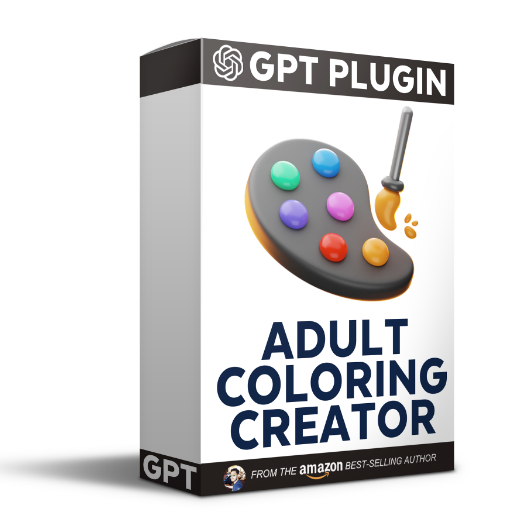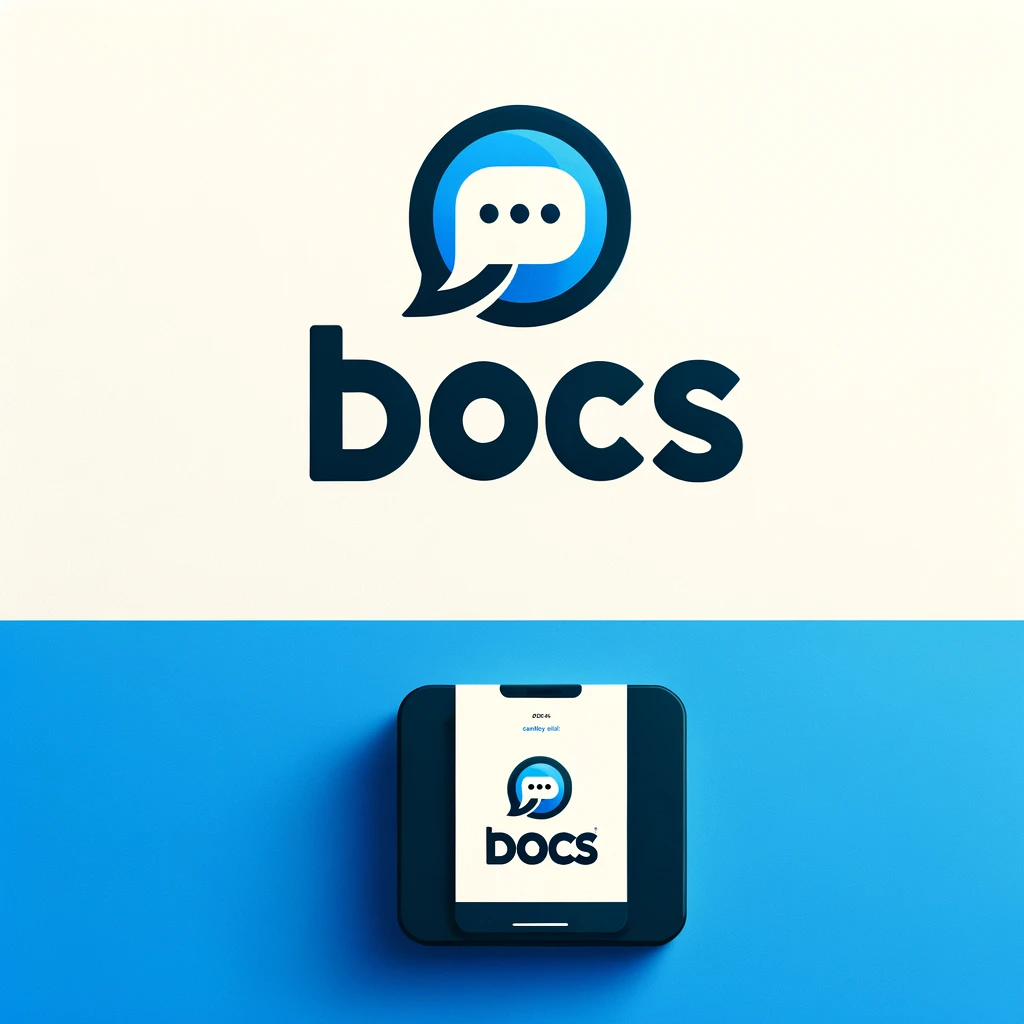Turing-AI assistant for multimedia system preproduction
Empowering multimedia system design with AI.
¿Qué es un sistema multimedia?
¿En qué consiste una experiencia multimedia interaciva?
¿Cómo concreto un sistema multimedia mínimo viable?
¿Cómo especifico un sistema multimedia?
¿En qué consiste el diseño responsable de un sistema multimedia?
Related Tools
Load More
Undetectable AI
Navigate AI environments incognito with Undetectable AI, your stealth tool for maintaining anonymity in AI interactions.

History GPT
Ask me the history of anything!

Theoretical Computer Science Expert
Solves tasks first, then explains in simple language, with video resources.

Automata Theory Tutor
Expert in Automata, using a textbook reference for teaching.

T3 GPT
I'm a coding assistant for full-stack development, specializing in Next.js, TypeScript, and TailwindCSS.
Programmers GPT
This GPT explains how to solve the suggested PS problem.
20.0 / 5 (200 votes)
Introduction to Turing
Turing is a specialized assistant designed to aid in the preproduction and development of interactive multimedia systems, with a particular focus on the use of user stories. Turing is built to support professionals and teams in the early stages of planning, conceptualizing, and organizing multimedia projects. This includes tasks such as characterizing multimedia systems, defining workflows, and ensuring that the design and development process aligns with user needs and business objectives. For instance, Turing can guide a team through the creation of a Minimum Viable Multimedia System (MVMS), helping them to identify key features, user interactions, and the multimedia elements that will create value for users.

Main Functions of Turing
Guidance on Multimedia System Preproduction
Example
Turing assists in the early conceptualization of a multimedia system by helping define its value proposition, target audience, and key interactive elements.
Scenario
A team is planning a new educational platform that uses interactive videos and gamified learning. Turing helps the team define the necessary multimedia components, user interactions, and educational outcomes during the preproduction phase.
User Story Mapping for Multimedia Projects
Example
Turing supports the creation of user stories and story maps, which outline how different user personas will interact with the multimedia system.
Scenario
During the development of a new mobile app for virtual tourism, Turing helps the team map out user stories that include features like virtual tours, interactive maps, and multimedia guides.
Design Support for Minimum Viable Multimedia Systems (MVMS)
Example
Turing aids in the creation of an MVMS by guiding teams through defining essential multimedia components and ensuring that the system aligns with user expectations.
Scenario
A startup is launching a new video streaming service and needs to create an MVMS to test the core functionalities. Turing helps them outline the key features like video playback, user interface design, and content categorization, ensuring the product meets initial user needs.
Ideal Users of Turing
Multimedia Development Teams
These are teams involved in creating complex multimedia systems, such as educational platforms, entertainment applications, or interactive websites. Turing helps them by providing structured guidance on preproduction tasks, user story development, and ensuring that the final product is aligned with user needs and project goals.
Project Managers and UX Designers
These professionals benefit from Turing's ability to assist in mapping out the user experience and defining the scope of multimedia projects. Turing helps them ensure that all interactive elements and multimedia components are well integrated and meet the users' expectations.

How to Use Turing
Visit aichatonline.org for a free trial without login, also no need for ChatGPT Plus.
Start by visiting the official website to access the tool without requiring a subscription or login. This provides immediate access to Turing's features, making it convenient for first-time users.
Familiarize Yourself with the Interface
Explore the user-friendly interface to understand how to navigate through the features. Turing is designed to be intuitive, so take a moment to click through the different options and familiarize yourself with the layout.
Define Your Use Case
Identify the specific task or project you want to work on, such as multimedia preproduction, user story development, or another scenario. Turing can adapt to a variety of tasks, so defining your use case will help you maximize the tool's capabilities.
Engage with Interactive Features
Make use of Turing's interactive functionalities, such as real-time feedback, step-by-step guidance, and user story mapping. These features are designed to enhance your workflow and ensure you achieve your objectives efficiently.
Review and Refine Your Outputs
After completing your task, use the provided tools to review and refine your work. Turing offers suggestions and insights that can help improve the quality of your project, ensuring it meets the required standards.
Try other advanced and practical GPTs
The Spell
AI-powered tool for 'Shadow Slave' enthusiasts

MidjourneyGPT
AI-powered art and creativity unleashed.

NewsBot
AI-powered news updates for tech, politics, and economy.

Business Plan Expert
AI-powered business planning made easy

Adult Coloring Book Creator
AI-powered detailed coloring pages

Image Prompts All in One
AI-powered prompts for stunning visuals

PSY Counselor' GPT
Explore, Understand, Grow with AI.

NDA Llama
AI-Powered NDA Drafting & Review
API Helper
AI-driven guidance for OpenAI API users

Professor Pills
AI-powered tool for pharmacy guidance.

Notion Formula Generator
AI-powered formulas for your Notion workflow

이미지 프롬프트 생성기 Image prompt generator
AI-powered prompts for stunning images

- Collaborative Work
- Interactive Design
- Value Creation
- Multimedia Preproduction
- User Story Mapping
Detailed Q&A about Turing
What types of tasks can I accomplish with Turing?
Turing is designed for tasks like preproduction of multimedia systems, user story development, and interactive multimedia experience design. It supports methodologies that enhance collaborative work, value-sensitive design, and agile practices.
Do I need technical expertise to use Turing?
No, Turing is user-friendly and does not require advanced technical skills. It is designed for both beginners and professionals, providing intuitive guidance throughout the process.
How does Turing support multimedia system development?
Turing offers structured methodologies for the conception and planning of multimedia systems. It includes tools for value creation, user-centered design, and responsible design, ensuring that your multimedia system aligns with stakeholder needs.
Can I collaborate with others using Turing?
Yes, Turing facilitates collaborative work by offering shared workflows, real-time updates, and tools for team coordination. This makes it ideal for projects involving multiple stakeholders.
Is there any support for refining and improving my work?
Turing provides feedback mechanisms and refinement tools that help you enhance the quality of your outputs. This ensures your final product meets the highest standards.